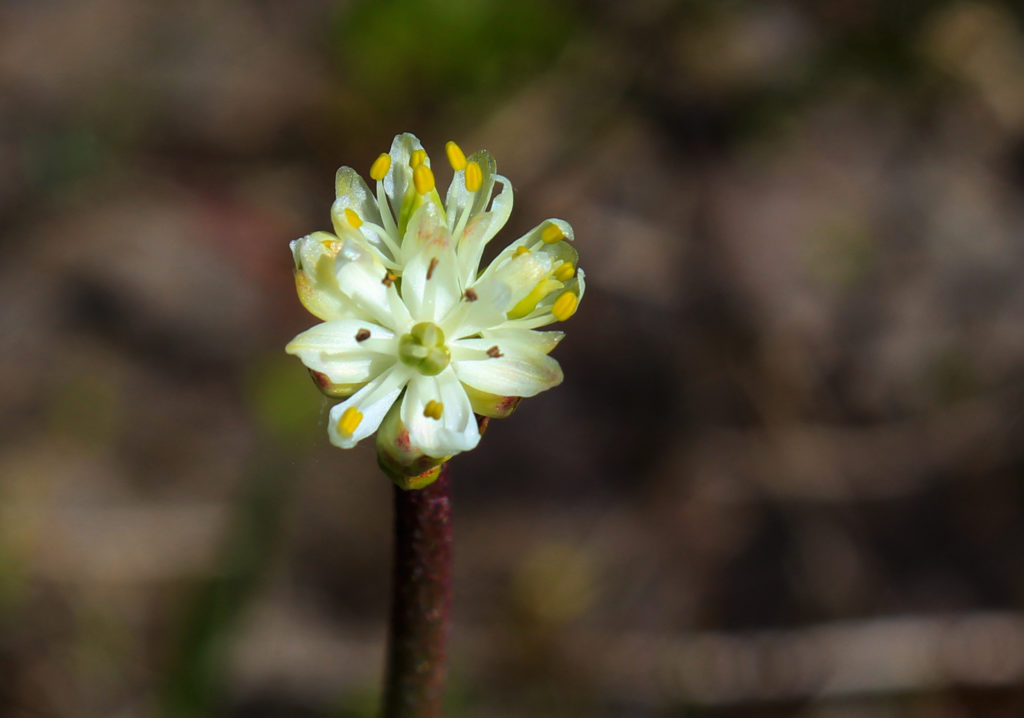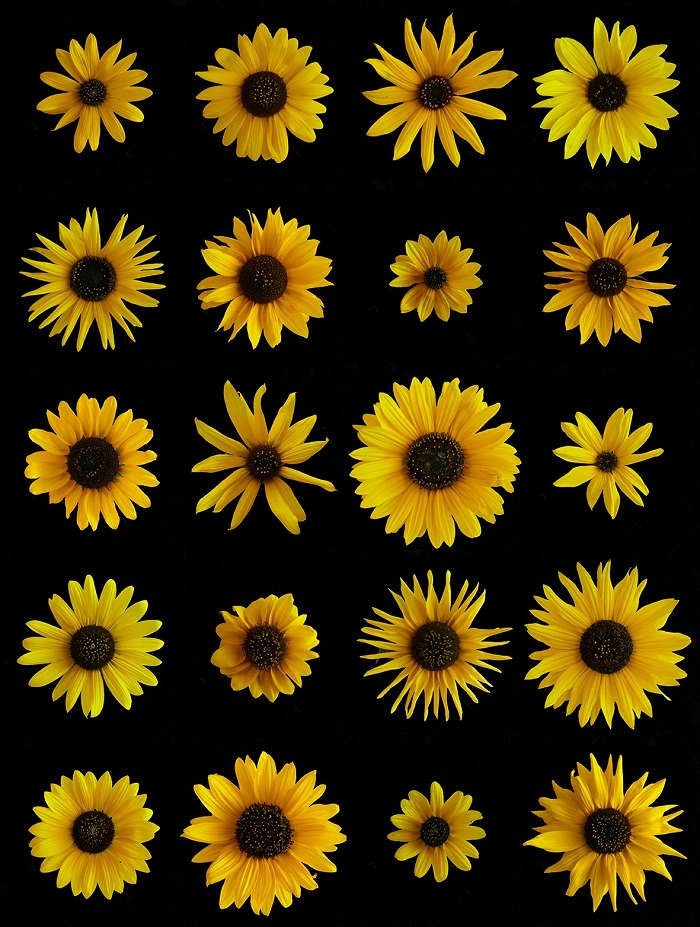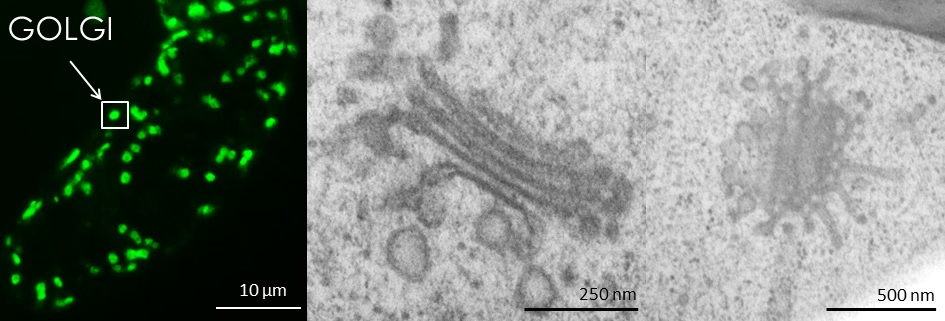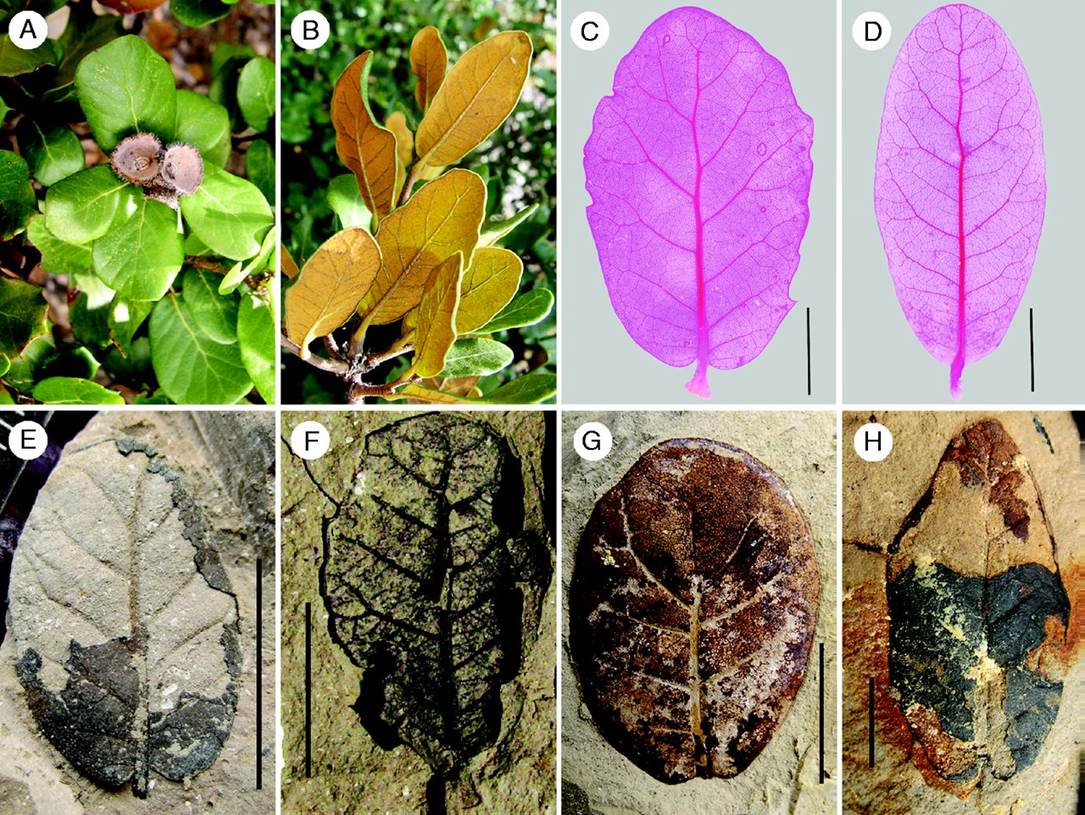| Picture | Title | Description |
|---|---|---|
 |
First new carnivorous plant identified in 20 years |
The delicate stalk and pretty white flowers of Triantha occidentalis may seem like the perfect place to perch if you’re an insect, but get trapped in its sticky hairs and it will suck the nutrients from your dead corpse. That’s the surprising new finding by University of British Columbia and University of Wisconsin-Madison researchers, detailed in PNAS. Triantha – |
 |
Supergenes play a larger role in evolution than previously thought |
Massive blocks of genes—inherited together ‘plug and play’ style—may play a larger role in evolutionary adaption than previously thought, according to new research in Nature. Biologists identified 37 of these so-called ‘supergenes’ in wild sunflower populations, and found they govern the modular transfer of a large range of traits important for adaptation to local habitats. Those |
 |
Sorting out the Cells Sorting Centre |
Article by: Miranda Meents (Lacey Samuels lab) 2015 is somewhat of an anniversary in cell biology. 350 years ago, Robert Hooke published the first description of what he called a cell. But it wasn’t until the mid-19th century that we started to look inside cells. Then, in 1898, the Italian scientist Camillo Golgi first described, and |
 |
Using leaf stomatal counts to estimate CO2 levels during the Pliocene |
Article by Jin-Jin Hu (Turkington & Zhou lab) We have been collaborating with colleagues in Yunnan Province, China to determine if stomatal frequency in Quercus guajavifolia could be used to estimate palaeo-CO2 levels. The work was spear-headed by Jin-Jin Hu and Zhe-Kun Zhou at the Key Laboratory for Plant Diversity and Biogeography of East Asia, Kunming, and at |
 |
Viruses-lots of them-are falling from the sky |
Viruses and bacteria fall back to Earth via dust storms and precipitation. 2011 dust storm in the Sahara. An astonishing number of viruses are circulating around the Earth’s atmosphere – and falling from it – according to new research from scientists in Canada, Spain and the U.S. The study marks the first time scientists have |






